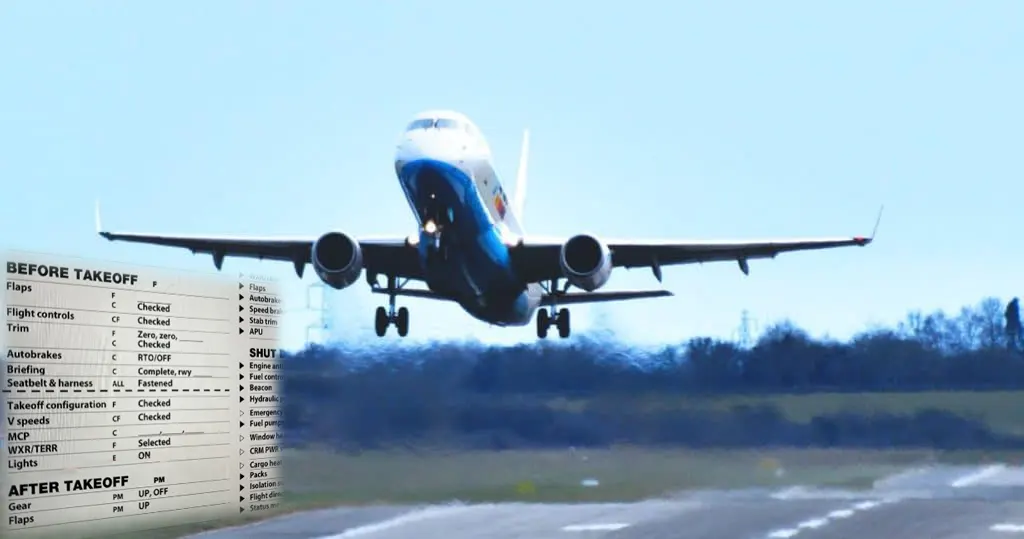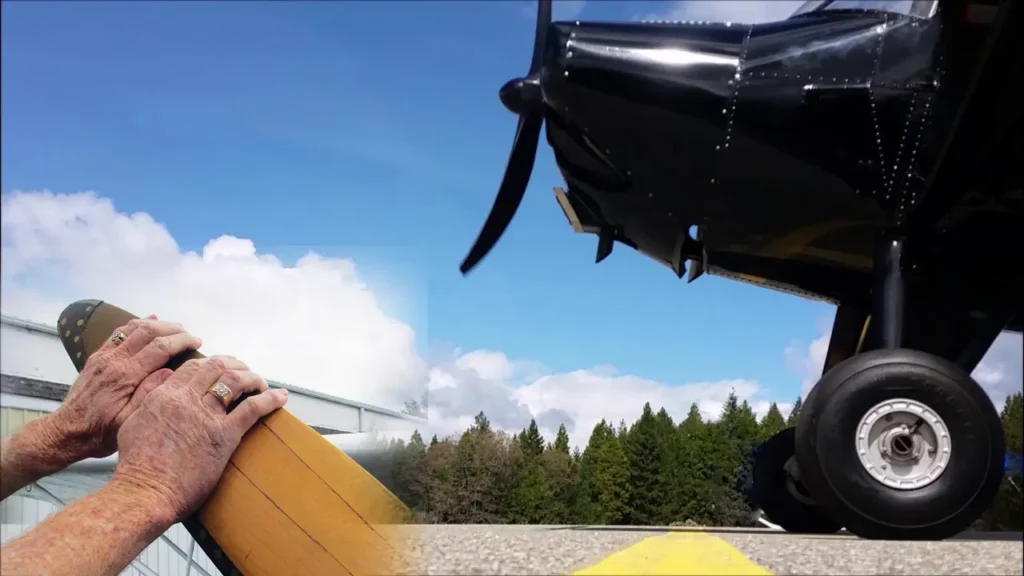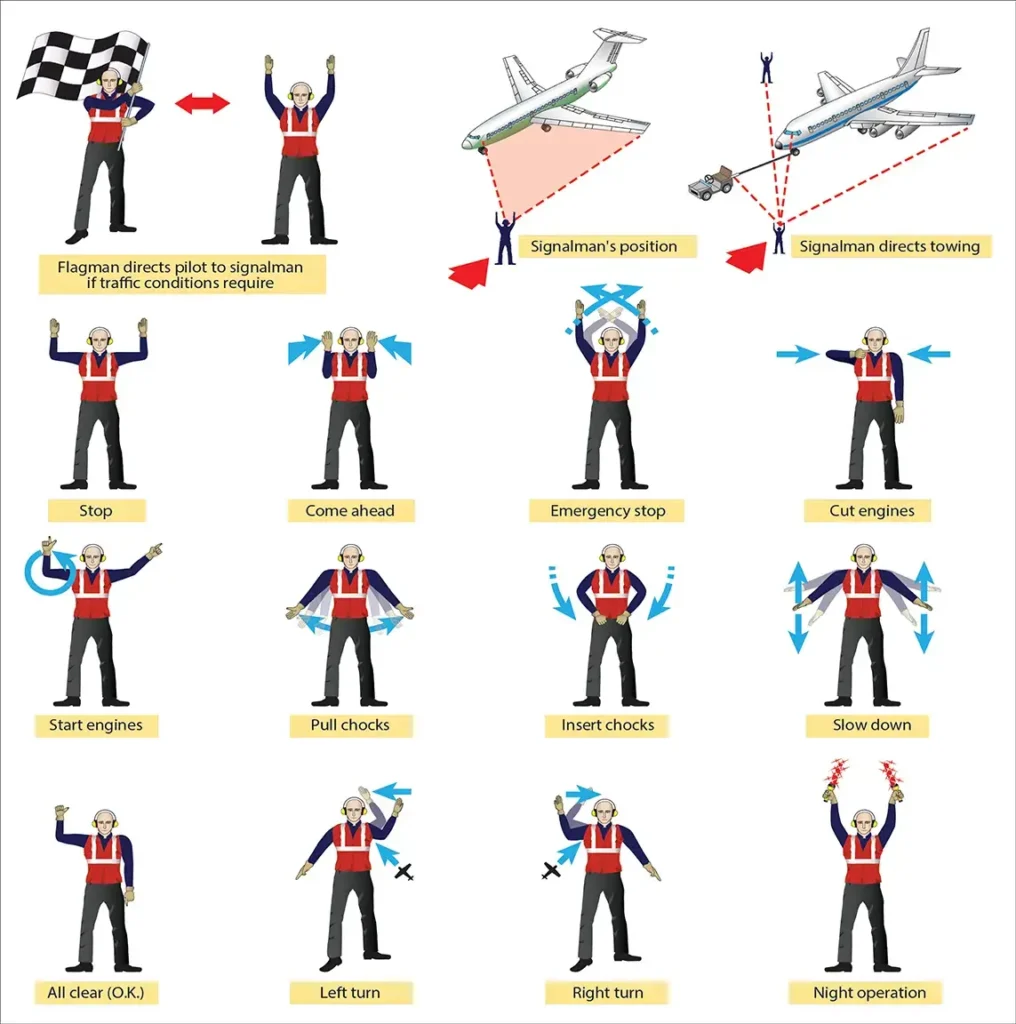After Landing, Clear of Runway and Stopped, Parking, Engine Shutdown and Post-Flight
Airplane Flying, Flying TrainingAfter-Landing During the after-landing roll, while maintaining airplane track over runway centerline with ailerons and heading down runway with rudder pedals, the airplane should be gradually slowed to normal taxi speed with normal brake pressure before turning off of the landing runway. Any significant degree of turn at faster speeds could result in subsequent damage […]
After Landing, Clear of Runway and Stopped, Parking, Engine Shutdown and Post-Flight Read Post »







